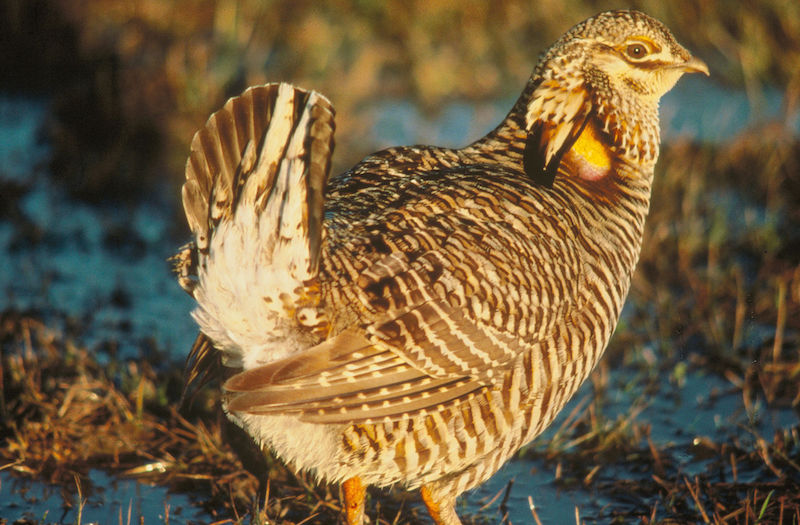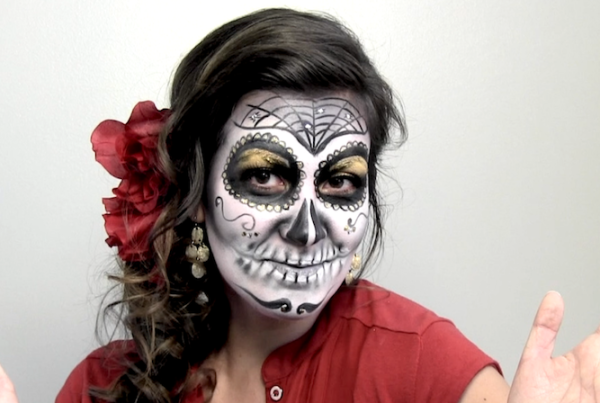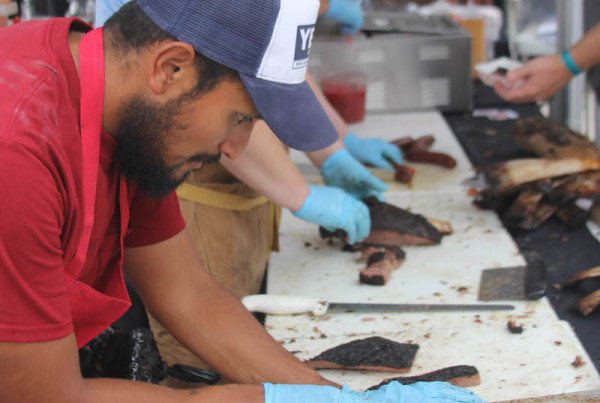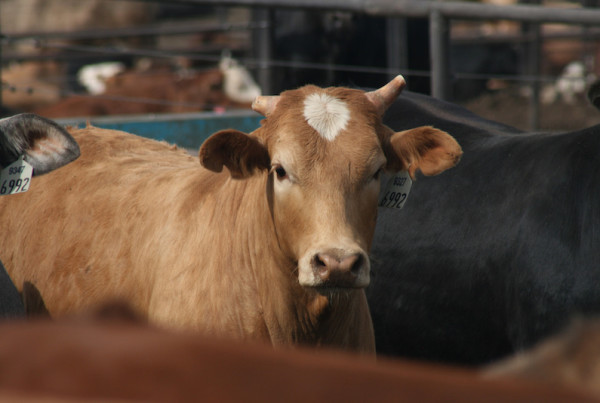This story originally appeared on KERA News.
A North Texas scientist is working to revive a bird that went extinct 80 years ago. This is no Halloween prank.
The last place the heath hen was seen was in Martha’s Vineyard, in the spring of 1932. The small, wild fowl was a relative of the prairie chicken and like that bird, it sounded a bit creepy.
“It’s a resonating, haunting, wooing sound, then there’s a series of a cackling sounds in between,” Johnson says.
Jeff Johnson is assistant professor of biology at UNT, and really into birds. His office is filled with bird drawings, wood cuts and photos. He says the heath hen is roughly the size of a domestic chicken, and also is often a mix of brown, black and white, but it has a very distinctive personality.
“The scientific name of greater prairie chicken and heath hen is Tympanuchus cupido cupido,” he says. “Which if you translate that it turns into ‘the drumming love god’.”
Heath hens had an elaborate stomping courtship dance, and an equally flashy neck display. Johnson says the males had an orange sack on the sides of their neck that becomes inflated when they attempt to attract females.
The heath hen was once a common food source in the Northeastern United States.The heath hen’s dance moves aren’t the only reason more than a dozen scientists from around the country want to bring it back to life. Johnson is project coordinator for the Heath Hen genomic study, which was launched by an organization called Revive & Restore.
Johnson says the larger goal of the de-extinction program is conservation — reintroducing species into a landscape where they once existed because they were integral parts of the ecosystem.
The heath hen was a critical food source for early European settlers. The tasty, easy to catch birds ranged as far north as Maine down to North Carolina. Johnson says the heath hen was the bird at the center of the Pilgrim’s first Thanksgiving dinner. By the mid-1800s though, the population had dwindled and the heath hen made its last stomping love dance almost 80 years ago.
So how do you re-animate a bird that’s extinct?
The creators of the movie “Jurassic Park” were onto something. It does start with finding the DNA. But in this case, researchers aren’t searching for heath hen DNA in a piece of ancient amber; instead, they’re trying to piece it together from a mix of sources: the toes of heath hen specimens that were saved in museums and samples from one of its closest relatives, the greater prairie chicken.
The Attwater’s Prairie-chicken is a critically endangered grouse endemic to Texas with less than 200 individuals surviving. Methods developed for the Heath Hen project will be applied also to critically endangered species to supplement existing genetic diversity.
Johnson is the first to admit it — bringing a species back from extinction is definitely way out there. “Any de-extinction program has yet to use technology that we’re proposing with the heath hen project,” he says.
The proposal is to use new gene editing technology – called CRISPR-Cas9 – to edit genes from the heath hen’s closest living relative, implant those genes into new cells, then let those altered cells grow and ultimately create new offspring more similar to the heath hen.
A similar technique is being used in attempts to revive wooly mammoths. Birds though, will pose new challenges, since there is more research on gene editing with mammals than their flying brethren.
Johnson says yes, it will be a long time before wooly mammoths or heath hens are stomping around, but if scientists can figure out how to best use gene editing technology that research could help conserve populations that are endangered as well.
“Just like we’re proposing to de-extinct a species, we can use that same technology for species that currently still exist but then supplement or increase their diversity within populations.”
For Johnson, this is the real exciting part of the heath hen de-extinction project — the potential for conservation of birds that could go extinct. One such bird is a Texas native, the Attwater’s prairie chicken.















